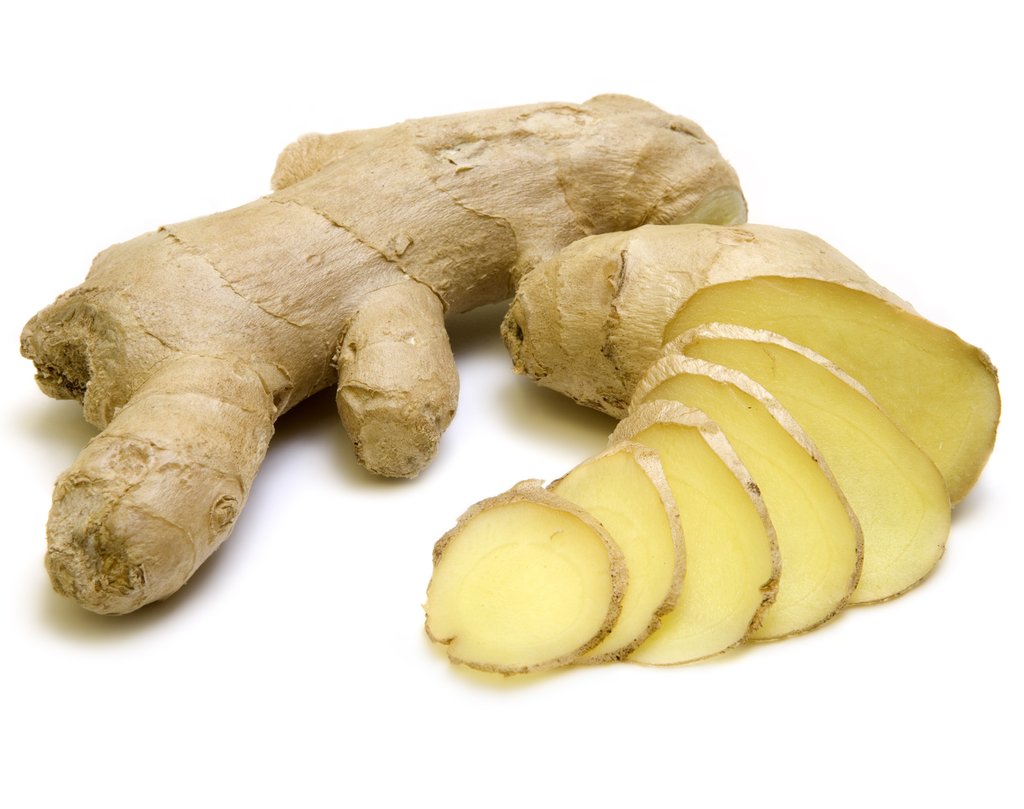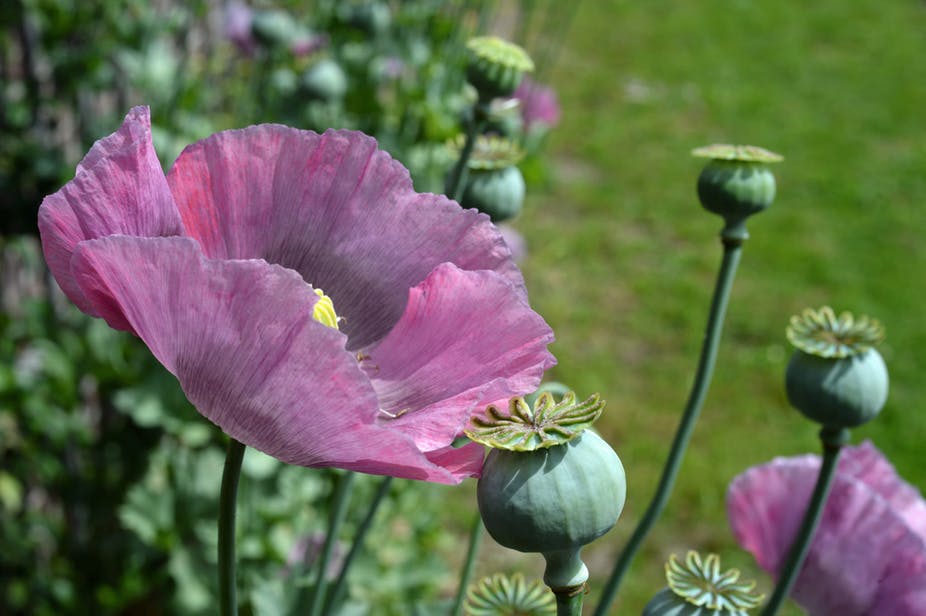Medicinal herbs, home remedies and grandmothers making their special tea, there have always been people trying to use plants to treat diseases. Now it is true that some of our most valuable medicines were first found in plants, just as it is true that some of our most dangerous drugs come from plants. Humans have been experimenting with plants for at least tens of thousands of years and we are actually studying them more today than ever in our history.
Today I’m going to talk about just a few of the plants that have, for good or ill given us some of the medicines and drugs we are most familiar with. I’ll start with one of the best-known painkillers, one that nearly all of us have in our medicine cabinet.
Have you ever seen someone chewing on the bark of a willow tree? That may sound strange to us today but there are historical records of people doing just that going all the way back to Mesopotamia, and the Greek physician Hippocrates discussed the ability of willow back to relieve pain in the fifth century BCE. The secret is in the sap of the willow, which contains salicylic acid, the precursor to common aspirin. In addition to its most common usage as a painkiller aspirin has also been helpful as a blood thinner for patients with either arthritis or heart disease. Aspirin however can cause upset stomachs and internal bleeding in some people.

Ginger is another plant with medicinal use. For centuries people have taken it to relieve the symptoms of nausea and motion sickness. Recent studies have indicated that ginger may even be effective in fighting the nausea caused by pregnancy and chemotherapy.

The leaves of the plant Feverfew have often been used to treat high fevers and new studies have show that the plant is also useful in the treatment of migraines and arthritis. Just how effective is still a subject of debate however.

Several other common plants have been said for centuries to possess medicinal value but modern research has either failed to either verify the claims or found the healing effect to be minimal. Garlic is one such plant, said by many to lower both blood pressure and cholesterol recent studies by the FDA indicate that the effect to be exaggerated.

The extracts of the Aloe Vera plant are used by many people for soothing burns and rashes as well as a cosmetic moisturizer. All scientific studies however show little or no actual improvement in skin condition.

Now of course there are also plants whose effects are so powerful that trying to grow them is illegal in most countries. I’m talking about those plants that produce narcotic and hallucinogenic drugs, plants like marijuana and the poppy. The dried latex of the poppy plant is the narcotic opium that is then used as a base of another two opiates, morphine and heroin. All of these drugs are highly addictive and have ruined millions of lives over the centuries. Nevertheless the drug morphine is still the painkiller of choice by emergency medical practitioners in crisis situations ranging from car crashes to battlefield wounds. So even if opiates are either illegal or at least strictly controlled, for better or worse they are a part of our world.

So, are you thinking that maybe you could improve your health by growing the right plants in your backyard? Well there are many people who do but before you start digging you should know that every legal herb I’ve talked about is available in pill form in your local health food or drug store so you don’t have to get your hands dirty if you want to take them.
In the years to come scientists will continue to study the many different chemicals that are available. Hopefully they’ll find new drugs that can improve our lives and health.
